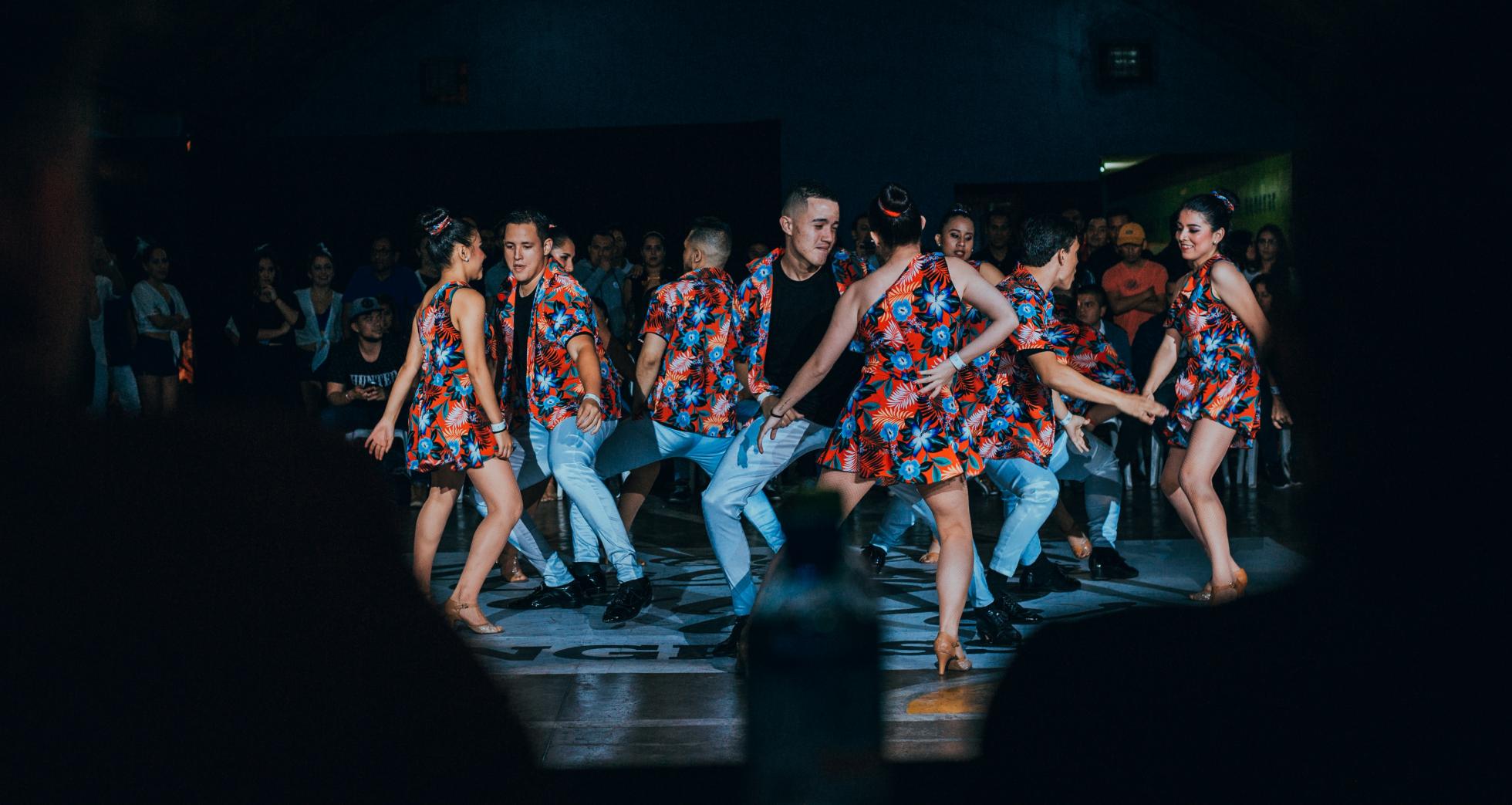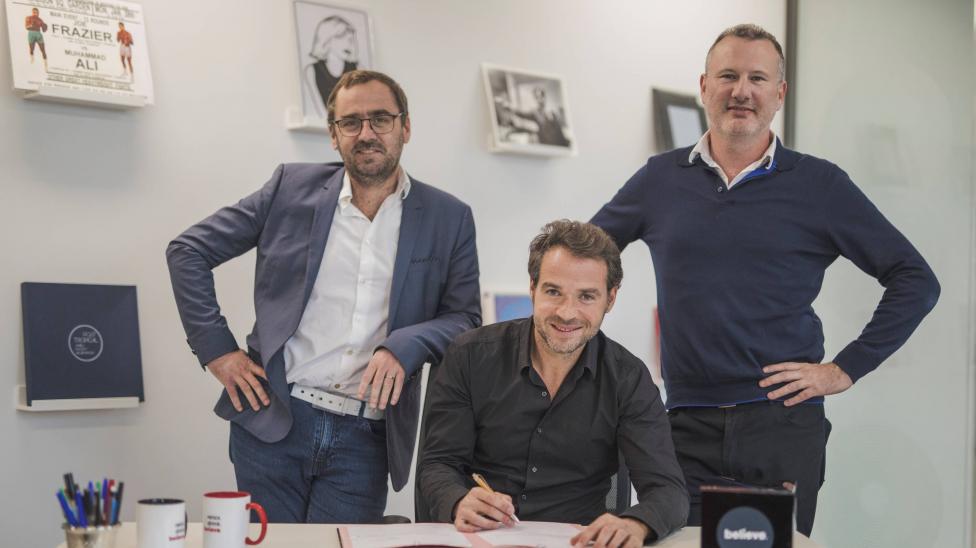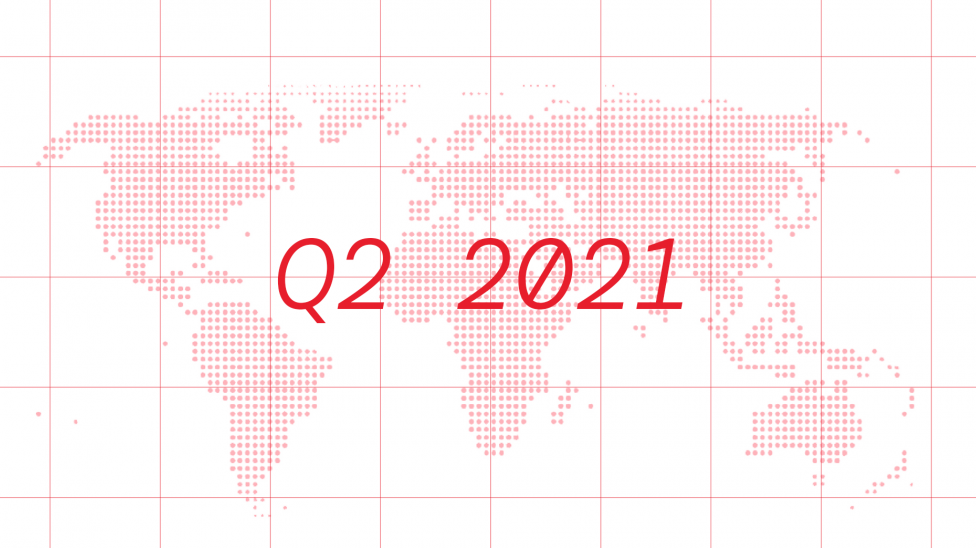
How Pop Urbano conquered the charts: A music hybrid decades in the making

It’s pretty safe to say that Latin music carries something in its DNA that allows it to connect in a very special way with large audiences around the world. We could talk about how Tango became the soundtrack of ballrooms in Japan during the 1930’s or even mention how “Macarena”, after being translated to more than 4,000 languages, became the soundtrack of the 1996 Democratic National Convention.
Despite this popularity, Latin music had never had such a prominent role in mainstream music as it has today. According to Leila Cobo in “Decoding Despacito”, this is happening because at some point the word “Latin” stopped being a genre tag for tokenizing Latin American and Spanish culture and became a synonym of what it means to be “Cool”.
This is by no means a surprise. For many years Latin culture has been welding into the U.S.’ mainstream. Cobo tells the story of how Jose Feliciano inaugurated the presence of Spanish language at Billboard’s top 100 chart with his bilingual hit “Feliz Navidad” in 1970. Ever since, every generation of Latin hit makers have added their grain of sand to bring these music cultures closer together. This goes all the way from Julio Iglesias teaming up with Willie Nelson in “To All The Girls That I’ve Loved Before” in the 80’s, to Selena representing the Texan Mexican American in the 90’s, all the way to the so called "Latin Boom of 1999” that saw which Ricky Martin, Enrique Iglesias and Shakira topping U.S.’ mainstream charts.
However, we could say that the template for the kind of Latin music that conquered the charts in recent years has its origin in the first explosion of reggaeton, led by the global success of Daddy Yankee’s “Gasolina” in 2004. What makes this type of music so important is that it turns out to be one of the most effective ways to express the combination of Anglo,Latin and Caribbean music cultures. No wonder why it can do so, as its DNA combines a great deal of dancehall heritage, a wide array of Latin rhythms, Spanish lyrics and the production values and lifestyle of American Hip Hop. In other words, it’s a kick ass music hybrid that can easily connect with almost every corner of the world.
As years went by, early reggaeton would smooth out its rougher edges to become into what we now know as Pop Urbano. It’s from this stem of dembow inspired pop music that Luis Fonsi’s and Daddy Yankee’s “Despacito” (and then Justin Bieber added for a remix) came from. The success of this song in 2017 not only would make it the most viewed Youtube video in history, but it would also put Latin music at the center of attention of the music industry. Before Despacito came along, even if Latin artists had huge followings in their home countries, they still had to sing in English to be played in mainstream radio and grab the spotlight of key music industry spots. This was the case of Ricky Martin, who despite causing major uproars through all of Latin America and shaking the world with his Spanish sung anthem for 1998’s soccer World Cup, still had to go into English-mode with “Livin La Vida Loca” in order to be able to perform at the Grammy’s Stage in 1999. However, nowadays the music industry lives in a different context. It is no longer strange for artists that only record in Spanish, such as J. Balvin or Bad Bunny, to be either on top of Spotify’s global charts or be playing at the half-time show of the NFL’s Super Bowl.
The music of the future is hybrid
One interesting result of this music streaming platforms coming of age is that they democratized access to music and thus revealed the great taste of consumers across the globe for Latin rhythms and songs in Spanish. This was probably the trigger that was missing for turning post-Despacito Pop Urbano into a global language comparable to the way hip hop, disco, electronica or rock did in previous decades.
However, this is only half of the tale. Picking up on a recent article by Amanda Petruschi for The New Yorker we can see that the access that consumers have to all kinds of music have defied the relevance of genres for pinning down musical identities. Currently it’s common for music fans to go back and forward between different genres within a playlist, or even within the same song. This leads us to a new paradigm where the music of the future seems to be done by artists that embrace both the ubiquity of Latin music as an international language and the taste for hybrid music identities.
And here are some examples of how this is happening around the globe:
Breezy - Vai
Breezy is a rising rap star from Morocco that is known for a musical fusion that sits in a midpoint between vocal stabs that reminds us of both Mc Bin Laden and Bad Bunny, some 2010 baile funk beats and a good dose of UK grime melodies. We are talking about a musical fusion that creates a melting point between afro latinx culture, new afrobeats and the Moroccan rap scene. This is a combination that points out to a future where the different regions of the world are more and more connected musically amongst themselves.
Kaydi Cain ft. Lennis Rodriguez - La Mira
Another example of this inter-regional connection can be found in Kaydi Cain, a well-known figure of the Spanish trap scene. In the past he has expressed that his connection with Latin music has a lot to do with the fact that about 80% of Latin people come from a similar [i.e. poor and rough] background as himself. This mindset is reflected in a special sensibility to create tracks that seamlessly combine old school reggaeton with left-field electronic textures and pop subtleties. Thus being able to connect with that peripheric demographic he talks about while at the same time being as futuristic and cosmopolitan as you can possibly be.
Chung Ha ft. Guaynaa - Demente
Just as we can see in a piece from Jessica Roiz for Billboard, the connection between K-Pop and Latin music is also something to look out for the future. Songs like “Demente” by Chung Ha ft. Guaynaa show how this generation of Korean artists are embracing Pop Urbano as their own, even singing Spanish lyrics with the same swing as Mike Towers or any of the genre’s usual suspects.
J-Hope & Becky - G Chicken Noodle Soup
While Chung Ha’s track shows a connection between K-Pop and Latin music enthusiasts mainly through music, there are other examples that show that this connection can be way more hybrid, not trying to adapt one musical culture to the other one both celebrating both. This is the case of BTS’ J-Hope’s song with Becky G called “Chicken Noodle Soup”. In this occasion an internationalist twerk beat is the frame for a set of lyrics that go back and forwards between Korean, English and Spanish.
What comes after Pop Urbano?
After conquering global pop charts for almost half a decade, surely Pop Urbano will soon enough cede its reign to a new global sound. If we still don’t know how it will sound, we can expect it to be a trans-regional hybrid of those local music styles that are becoming more interconnected and visible within music platforms. So don’t be shocked if the next Despacito comes as a baile funk beat with Hindi English lyrics and mariachi horns. As we said before, “the music of the future is hybrid”.


